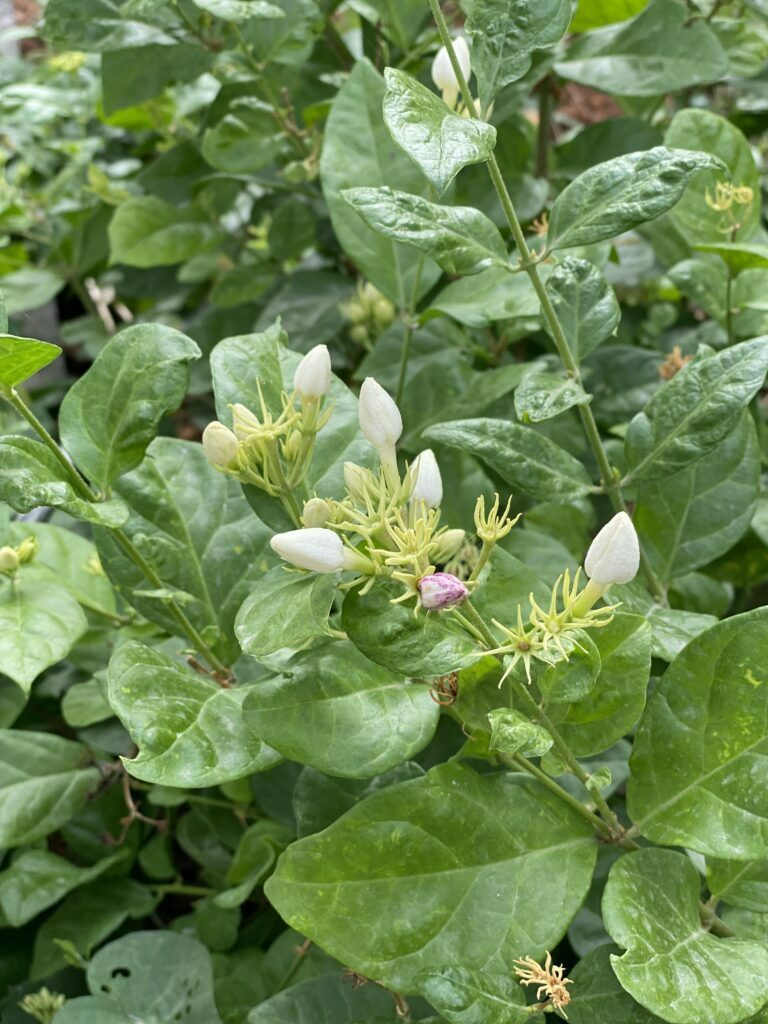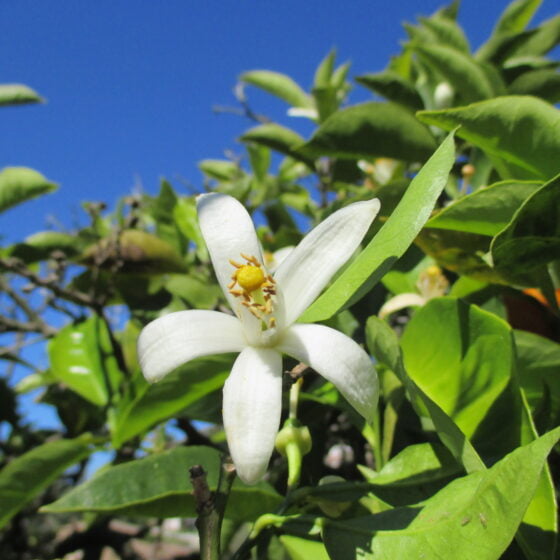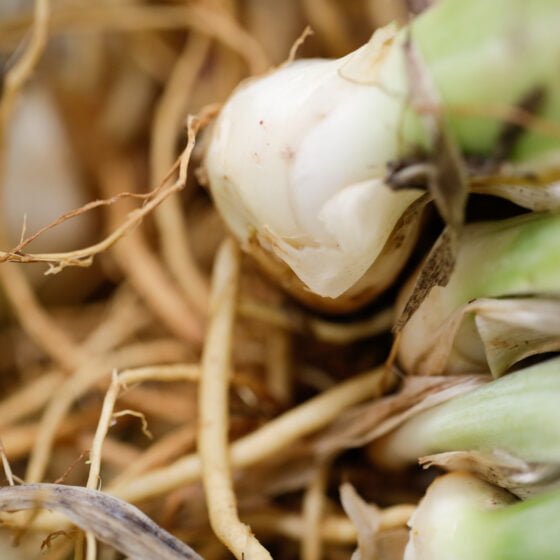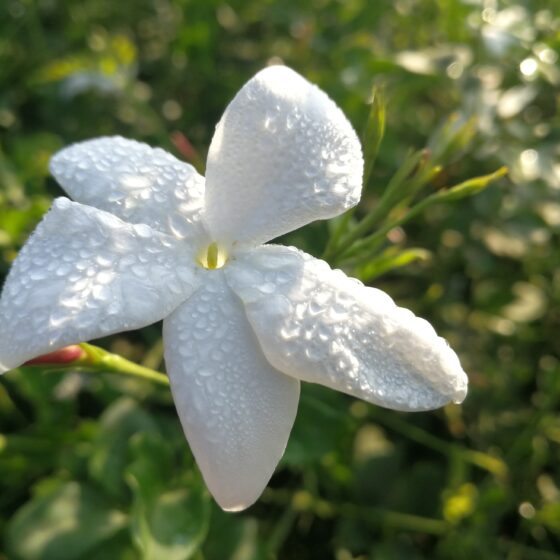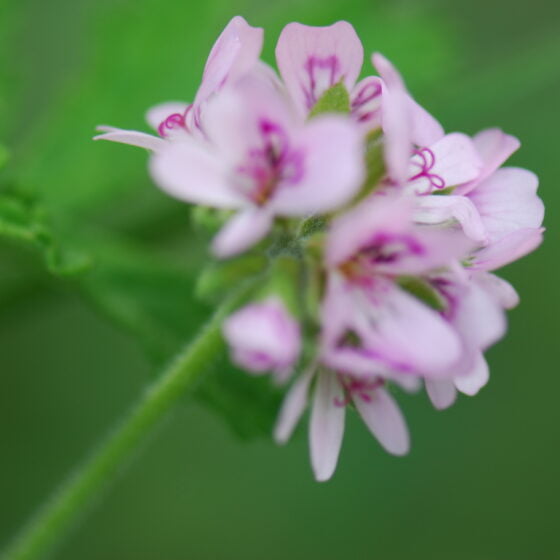
Jasmine sambac India
Jasminum sambac
General data
Harvest Calendar
- J
- F
- M
- A
- M
- J
- J
- A
- S
- O
- N
- D
Product details Our added value
For more than 10 years we have been collaborating with several local partners. The concrete, which is made at source, is then sent on to Spain where we turn it into an absolute in our production plant. It takes 10 million jasmine blooms to produce one kilogram of absolute!
Fragrance side
The scent is greener and fresher than jasmine grandiflorum and blends beautifully with fruity or marine accords. Jasmine sambac absolute is also used in woody or oriental bases.
About
Jasmine sambac, native to the Arabian Peninsula, was discovered by perfumers in the 1980s. It differs from jasmine grandiflorum in both the shape of flowers, which are smaller, plumper, with more abundant petals and its fragrance, which is fruity and green with notes of orange blossom.
In India, Jasmine sambac is grown mainly on the Indian peninsula, more specifically in the state of Tamil Nadu, where the cultivated surface area spans approximately 6,500 hectares.
Night-blooming jasmine sambac flowers release their perfume after dark, before closing come morning. Picking begins around 6 a.m. and continues until noon. The flowers are handpicked with the utmost care, one by one, and are quickly processed.
Our added value
For more than 10 years we have been collaborating with several local partners. The concrete, which is made at source, is then sent on to Spain where we turn it into an absolute in our production plant. It takes 10 million jasmine blooms to produce one kilogram of absolute!
Fragrance side
The scent is greener and fresher than jasmine grandiflorum and blends beautifully with fruity or marine accords. Jasmine sambac absolute is also used in woody or oriental bases.
About
Jasmine sambac, native to the Arabian Peninsula, was discovered by perfumers in the 1980s. It differs from jasmine grandiflorum in both the shape of flowers, which are smaller, plumper, with more abundant petals and its fragrance, which is fruity and green with notes of orange blossom.
In India, Jasmine sambac is grown mainly on the Indian peninsula, more specifically in the state of Tamil Nadu, where the cultivated surface area spans approximately 6,500 hectares.
Night-blooming jasmine sambac flowers release their perfume after dark, before closing come morning. Picking begins around 6 a.m. and continues until noon. The flowers are handpicked with the utmost care, one by one, and are quickly processed.
Other type of extracts
(Floral)
